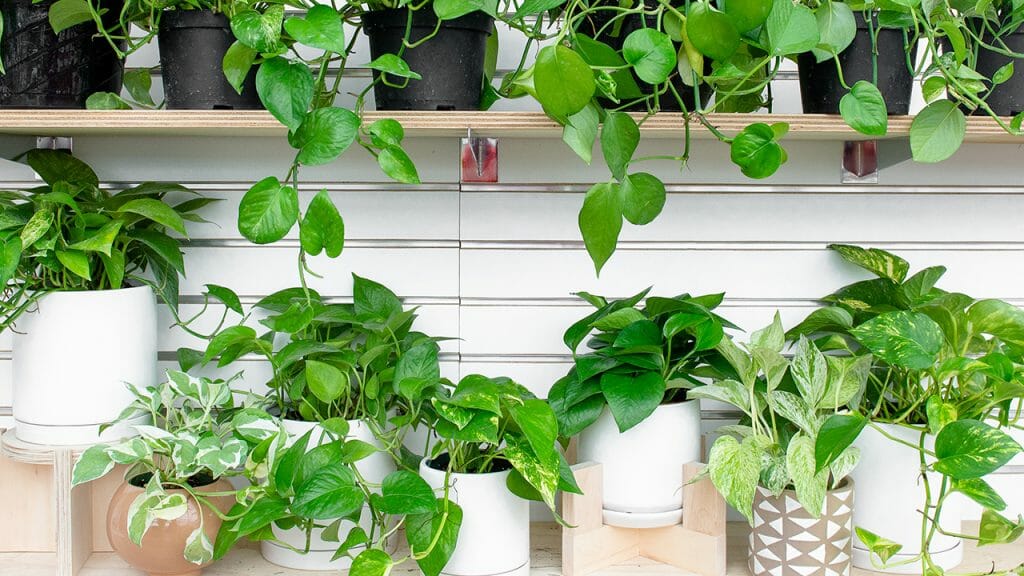Losing a plant is always a sad event, especially when you’ve been tending to it for a while. Now you have a whole container filled with soil and no plant.
So what now? What can you do with the soil, and can you reuse soil from a dead plant?
You can reuse the soil from a dead plant, but you may need to take some extra steps to get rid of any pests or fungus and revitalize it.
Soil is expensive, so if you get the opportunity to reuse it, we encourage it to reduce waste and save money.
In this article, we are going to help you figure out if your soil can be reused, as well as give you some tips on how to rejuvenate it.
Can You Reuse Soil From a Dead Plant?
Most of the time, you can reuse soil from a dead plant, but you may need to do some work to disinfect and rejuvenate it.
Ultimately, whether or not you can reuse soil depends significantly on how the plant dies. There are many reasons why a plant might die, but only a few of these might affect the soil.
For instance, you can reuse soil from a plant that has died of root rot, but only if you sterilize the soil before replanting. This is also the case when pests or fungi have attacked the plant.
It is almost impossible for us to tell what’s hiding in our soil, so if you want to reuse your old soil, it is always better to take some extra precautions before planting new plants in it.
How to Rejuvenate Old Soil
As we have discussed, it is possible to use soil from a dead plant, but you will need to take some steps to boost the soil.
Before trying any of these techniques, we recommend removing any large pieces, weeds, or bits of plant.
There are a few ways to bring your soil back to life after a plant dies:
Top Up Raised Beds or Pots
If you are planting in large containers, raised beds, or large pots, you know that it takes a lot for soil to fill them. This is where your old soil comes in handy!
We like to use this old soil as the fill at the bottom of a pot or raised bed. Fill the bottom of your planter with around 25% old soil, then fill the rest with fresh, nutrient-rich soil.
In the same vein, you can also use this soil to top up your beds or pots, which is something you need to do regularly anyway as the soil shrinks down.
Recharging the Soil
It is also possible to use this old soil as potting mix if you recharge it using fresh soil. This will replenish the inert soil with new nutrients and make it fit for planting again.
We like to mix ⅓ old soil with ⅔ new soil.
Sterilizing the Soil
If you suspect your plant died of root rot or an insect infestation, then sterilizing the soil is a must! This will kill any remaining bacteria, fungi, and or insect larvae or eggs that could be hiding in the soil.
There are several ways to sterilize your soil, including using hydrogen peroxide, but you can also bake it in an oven, put it in the microwave, or add boiling water, cover and let it cool.
Add Soil Amendments
As with any kind of soil, using amendments is a surefire way to make your soil rich and perfect for growing strong plants.
These are the soil amendments that we recommend and their purposes:
| Soil Amendment | Purpose |
| Worm castings | Water retention, nutrient uptake, aeration |
| Coco coir | Water retentions, aeration |
| Alfalfa meal | Nitrogen |
| Epsom salts | Magnesium, sulfur |
| Elemental sulfur and Lime | Regulate pH |
| Compost | Contribute organic material |
| Rock phosphate | Phosphorus |
Frequently Asked Questions:
Are dead roots good for soil?
Even though they are organic matter, dead roots are not considered to be good for your soil.
This is because they don’t break down very quickly and can cause issues with other plants and their root systems. Due to this fact, we encourage you to make sure that you remove all the dead roots along with the dead plant to keep the soil healthy.
Should I leave dead plants in the ground?
This really depends on your preference.
Dead plants look unattractive and take up spaces in your beds that could be used for living plants. However, dead plants can assist the bird and insect life in your garden by giving the insects places to live in cold weather and providing insect-eating birds with plenty of food.
Should I throw away my dead plant?
Our motto is always to reduce waste as much as possible, so if you have a dead plant, the best place to put it is in your compost bin so it can be used.
However, if your plant has died of a pest infestation, you may need to take extra precautions or throw it in your regular trash to prevent the infestation from spreading.
Conclusion
Having to get rid of a dead plant is bad enough; getting rid of a whole pot of soil makes it even worse!
You can reuse soil from a dead plant, but in some cases, it may need to be sterilized. We also suggest using soil amendments to give your old soil new life.
We hope this has helped you cut down on your garden waste and breathed new life into your old soil.



